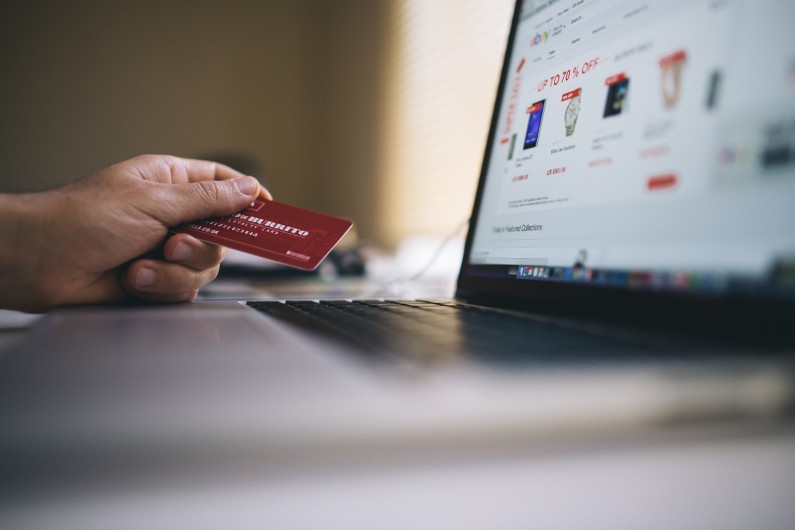The Intellectual Property Office are warning people of the risks of buying fake goods this Christmas – and while they’re hoping it’ll be a social media success (complete with the hashtag ‘#buyreal), it doesn’t quite explain how to avoid buying counterfeit items in the first place.
Shopping online can be a real minefield – even when buying from big name sites like Amazon and eBay. But there are a few ways to ensure you don’t end up buying Grandpa Joe some ‘risky whiskey filled with anti-freeze’ this Christmas.
Check out the website
Let’s say you’ve finally found what you’re looking for, on a website you don’t recognise. Great item, great price – but before you hit ‘Buy’, there are three things you’ll want to check.
First, make sure the website address begins with https://. This will tell you that you’re on a secure network.
Second, check the domain name. Websites with names that include the words ‘genuine’, ‘cheap’ and ‘discount’ may mean the goods are anything but– it’s the digital equivalent of trying way too hard to convince you it’s real.
Third, be observant about the grammar and spelling. If the site’s littered with mistakes and typos, chances are, it was knocked up in a hurry and designed to scam you out of your hard-earned cash.
Check the company out
Whether you’re buying from Amazon Marketplace, eBay or a company website, do a little research about who you’re buying from. Find out what other goods they’re selling, how long they’ve been doing it, and what things people are saying about their experience with the company. Counterfeiters aren’t going to have a solid reputation.
Check if the deal’s too good to be true
There’s no such thing as a free lunch. So, if you’ve spotted a brand-new Apple Watch for £50, or a designer handbag for a tenner, then it might be tempting to pick it up, but chances are it’s not an original. That means it’ll have a poor build quality, no warranty or guarantees, and you’ll be left out of pocket too.
Check the payment process
There is always an element of risk when buying online – even with secure checkouts and guarantees from financial institutions like PayPal and your credit card company. But the one to be really wary of is when a seller requests a bank transfer. If that’s the case, be very wary.
Check information on similar fakes and replicas
You’ve got your heart set on that really cool designer jacket. But while you’re finding out about the style, you should also be on the look out for stories about fake versions of your item. Check out forums and news articles to see if your item has an issue with counterfeit replicas.
It might sound overly cautious, but remember, according to Sean Gigg, higher officer of the Border Force at Southampton Docks says:
‘Counterfeiters will counterfeit anything. It’s based on supply and demand. It can be anything from cosmetics to jewellery to watches to the latest toys but also undergarments as well’.
Check buyer reviews
One of the best ways to find out if the item you’re buying is genuine is to see what other buyers are saying. The more reviews, the better. This will give you an insight into exactly what you’re purchasing, and whether it’ll meet all your Christmassy expectations.
Remain cautious, since some savvy scammers will set up aliases and give the product a five-star review. Look for reviewers tagged with Amazon’s ‘Verified Purchase’, for instance, and disregard all reviews that are overly positive without explaining in detail why they like the product so much.
Basically, look for the humanity in a review – if it sounds like it was written by a lazy robot, then chances are you’re about to buy a counterfeit. And that won’t make for a merry Christmas for anyone!

